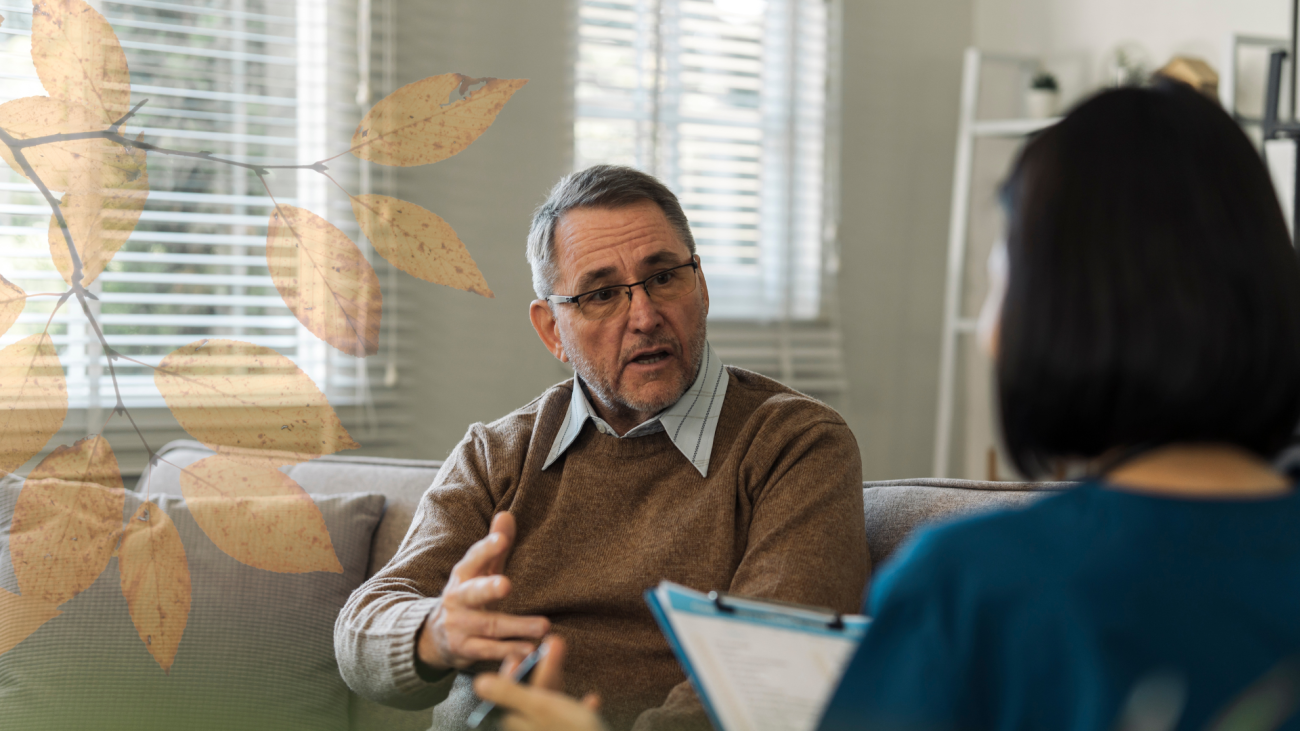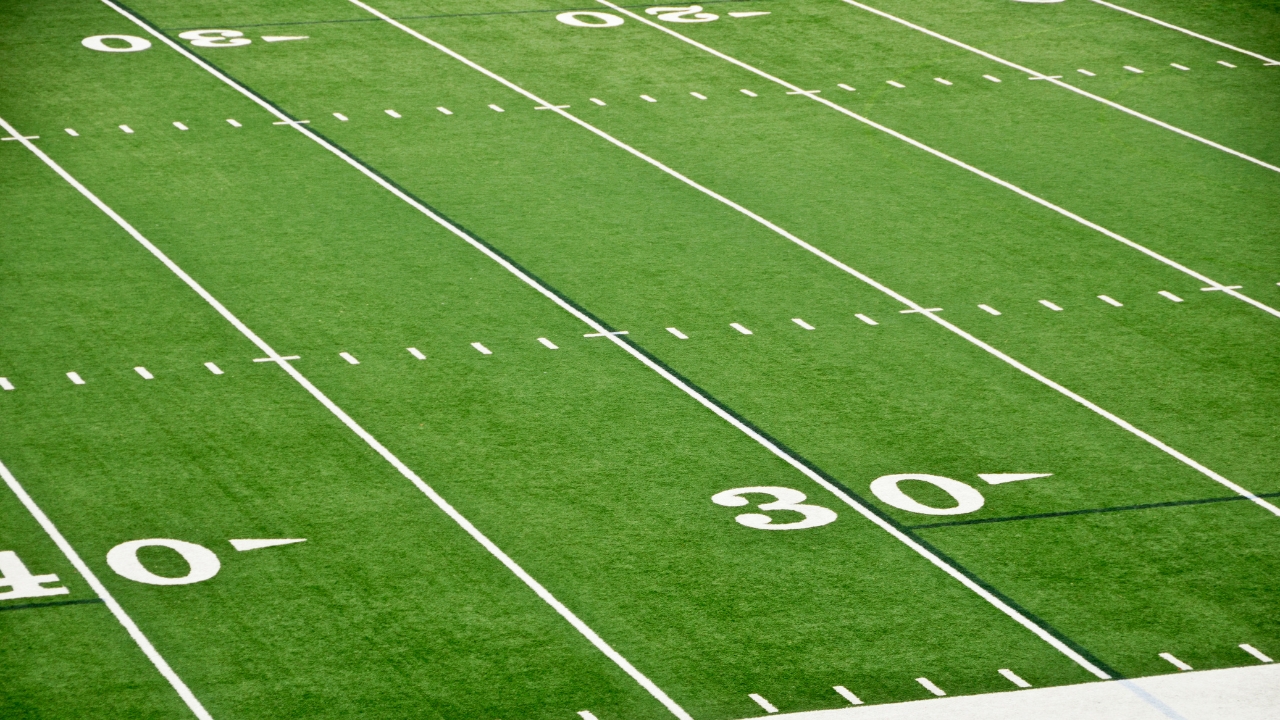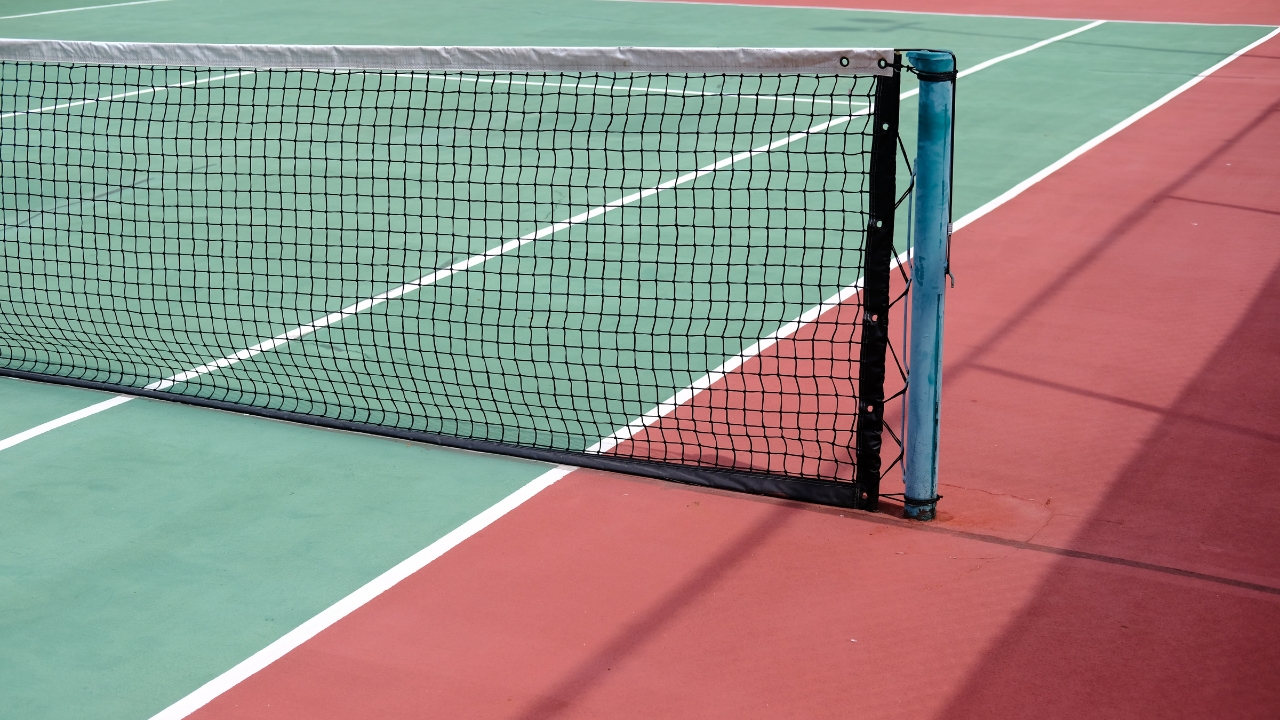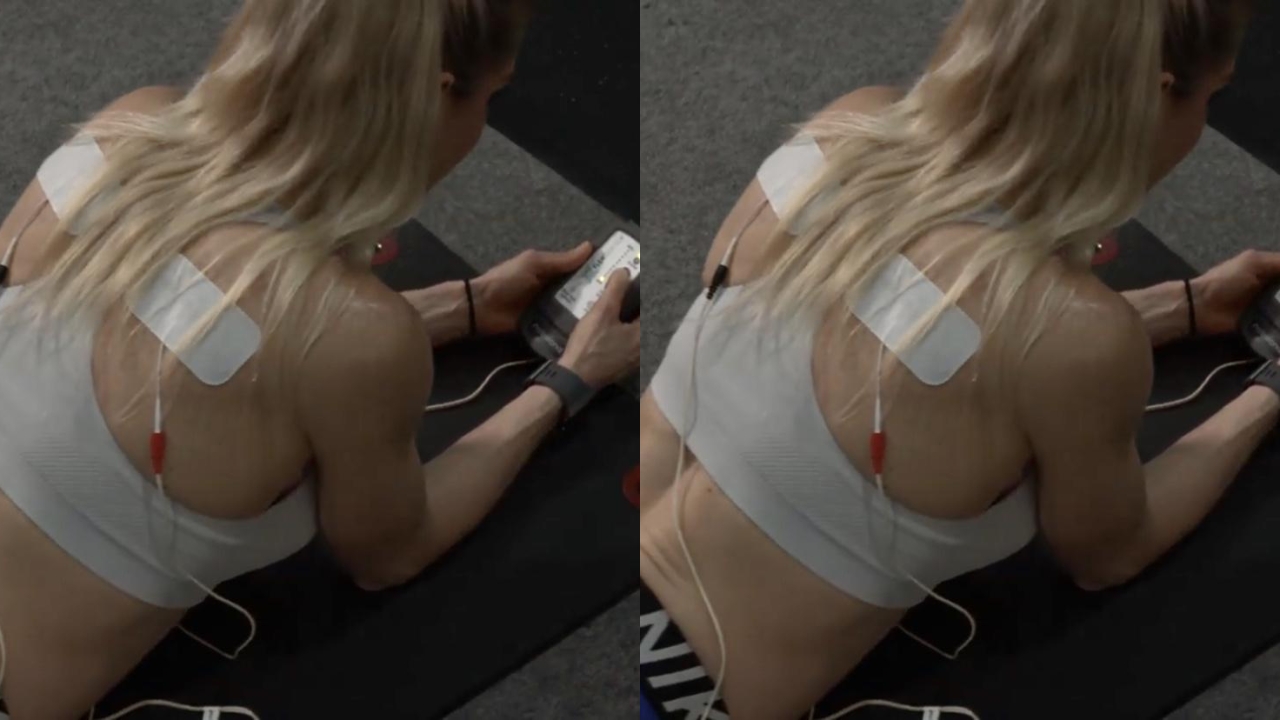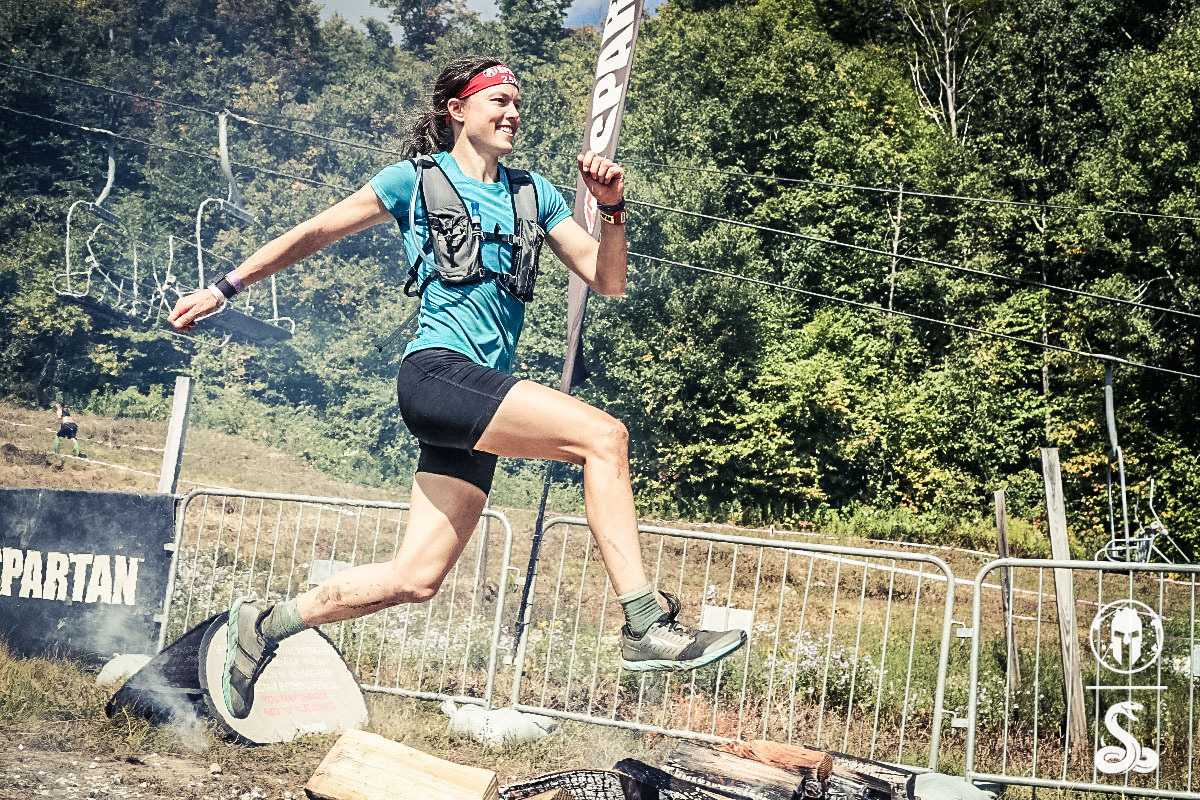
ARPwave Resources
Basketball Injuries and How ARPwave Therapy Can Help: A Game-Changing Solution for Athletes

Basketball is an explosive, high-intensity sport that demands a unique combination of speed, power, agility, and endurance. But with those demands comes an equally high risk of injury. From sudden ankle twists to long-term wear-and-tear on the knees, basketball players at all levels are no strangers to pain.
Enter ARPwave therapy—a cutting-edge rehabilitation and performance technology that’s helping athletes recover faster, train smarter, and stay on the court longer. Whether you’re a professional, collegiate athlete, or weekend hooper, ARPwave could be the missing piece in your recovery game plan.
Common Basketball Injuries and Their Impact
Injuries in basketball are not just a setback—they can derail an entire season, alter a career, and impact long-term quality of life. Here’s a deeper look at some of the most common basketball injuries and how they affect players:
- Ankle Sprains
-
- Cause: Rolling or twisting the ankle during jumps, landings, or lateral movements.
-
- Symptoms: Pain, swelling, bruising, and difficulty walking.
-
- Impact: Ankle sprains account for over 40% of basketball injuries. Even minor sprains can reduce explosiveness and increase the risk of re-injury.
- Knee Injuries (ACL, MCL, Meniscus)
-
- Cause: Sudden pivots, collisions, or improper landings.
-
- Symptoms: Popping sensation, instability, swelling, pain.
-
- Impact: These injuries often require surgery and months of rehab, potentially ending a season or affecting long-term mobility.
- Hamstring and Groin Strains
-
- Cause: Overstretching or overuse during sprints or direction changes.
-
- Symptoms: Sharp pain, tightness, limited range of motion.
-
- Impact: Muscle strains are often underestimated. When untreated or poorly rehabilitated, they can become chronic and performance-limiting.
- Jumper’s Knee (Patellar Tendinitis)
-
- Cause: Repetitive stress from jumping and sprinting.
-
- Symptoms: Pain around the kneecap, especially when jumping or squatting.
-
- Impact: Jumper’s knee can develop slowly but worsen over time, requiring prolonged rest if not properly managed.
- Lower Back Pain
-
- Cause: Poor biomechanics, tight hip flexors, or repetitive strain.
-
- Symptoms: Stiffness, sharp pain, or nerve symptoms like tingling.
-
- Impact: Affects shooting, defense, and core stability—essential for every position.
What Is ARPwave Therapy?
ARPwave is a unique neurotherapy that combines direct current (DC) electrical stimulation with active range-of-motion protocols to address injuries at their source: the neurological origin of dysfunction.
Unlike traditional electrical stimulation (TENS or EMS), which simply targets muscle contraction, ARPwave works at a much deeper level by:
- Stimulating the nervous system to retrain movement patterns.
- Increasing circulation to accelerate tissue repair.
- Reducing inflammation and eliminating compensation patterns in the body.
- Improving flexibility and neuromuscular control.
ARPwave therapy is an FDA-cleared class 2 medical device and is used by elite athletes across the NBA, NFL, and MLB, NHL and MLS.
The Science Behind ARPwave
When an injury occurs, the body often goes into protective mode, which leads to muscle shutdown, altered movement, and compensation. These adaptations can cause more harm than good, often creating secondary injuries and altering muscle firing patterns.
ARPwave therapy breaks this cycle by:
- Identifying “hot spots” or areas of neurological disruption.
- Stimulating the nervous system to reactivate muscles that have shut down or become dysfunctional.
- Reintegrating correct movement while simultaneously working through the pain-free range of motion.
It doesn’t just mask pain—it reprograms how your body responds to it.
How ARPwave Helps Basketball Players
- Accelerated Recovery
Time is everything in sports. ARPwave dramatically speeds up healing by bringing blood flow, nutrients, and neurological input directly to the injured area. What might take weeks or months with conventional therapy can sometimes be reduced to days or a couple of weeks.
Case in Point: Numerous NBA players have reported returning from sprained ankles in 5–7 days instead of the usual 2–3 weeks using ARPwave.
- Pain Reduction Without Meds
Electrical stimulation helps flush inflammation, lactic acid, and metabolic waste—naturally reducing pain without the use of NSAIDs or opioids.
- Injury Prevention
ARPwave is not just reactive—it’s proactive. By identifying muscle imbalances and improper movement patterns before they lead to injury, ARPwave can help prevent common overuse injuries in basketball like tendonitis and strains.
- Improved Mobility and Flexibility
Tight hips, calves, or lower back issues can limit performance. ARPwave therapy quickly loosens muscles and increases range of motion by reactivating neurological connections, allowing for more fluid, powerful movements.
- Enhanced Athletic Performance
Athletes often use ARPwave as part of their training regimen to:
- Increase vertical jump
- Improve sprint speed
- Boost agility
- Enhance endurance
It’s not just for rehab—it’s a tool for performance optimization.
Who Is ARPwave For?
ARPwave therapy isn’t limited to pros. It’s for:
- High school and college athletes
- Weekend warriors
- Rehab patients post-surgery
- Anyone looking to move pain-free and perform better
Whether you’re dealing with a current injury or trying to prevent the next one, ARPwave can be tailored to your goals.
Integrating ARPwave with Your Recovery or Training
A typical ARPwave program includes:
- Initial assessment: Finding areas of dysfunction or pain origin
- Treatment sessions (20–30 minutes): Active movement while connected to the ARPwave unit
- At-home protocols: To maintain gains between sessions
- Integration with strength training or rehab exercises
Most athletes report feeling relief after the first session, and many see measurable improvements in performance within a few treatments.
Is ARPwave Right for You?
Basketball puts intense pressure on your joints, muscles, and nervous system. When you’re injured, every missed game or practice matters. With ARPwave therapy, you have a tool that not only helps you recover faster, but also makes you stronger, more resilient, and less likely to get injured in the future.
Whether you’re trying to get back on the court after a knee injury or just want to add an edge to your training routine, ARPwave could be the game-changer you’ve been looking for.


